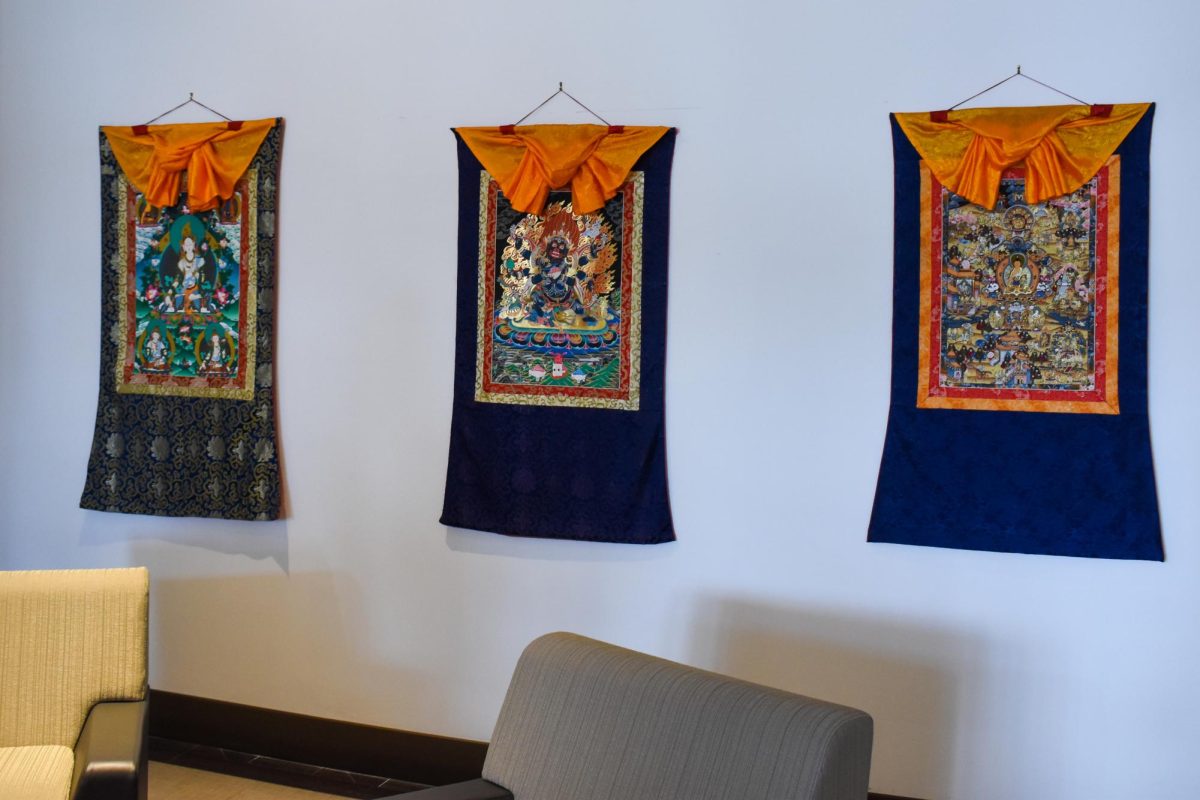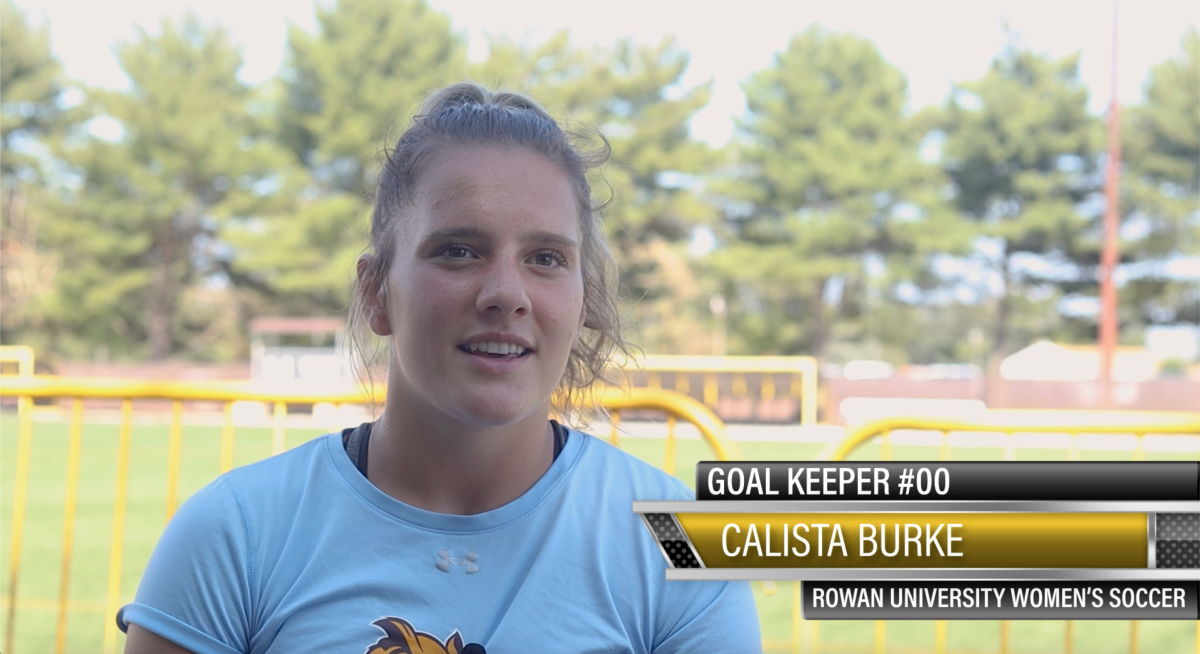MSNBC and NBC National Political Correspondent Steve Kornacki visited campus for his installment of the Rowan Institute for Public Policy & Citizenship (RIPPAC) Speaker Series on Dec. 5.
In his discussion titled “So That Happened,” a thorough analysis of the voting trends and outcomes of the 2024 election, Kornacki explained how voter trends changed between the 2016, 2020, and 2024 presidential elections.
He began the night by discussing his own personal experience with and connection to the state of New Jersey.
“Truly, It sounds like a cliche, but New Jersey has a special place in my heart. That’s where I started my career, but it’s also where I met great friends and important people in my life,” said Kornacki. “And to cover New Jersey state politics, I just was around unforgettable characters. So, whenever I get a chance to come back to New Jersey and do events like this, I can’t say yes fast enough.”
Looking at demographics including race, age, gender, and economic status, he displayed how each group voted by party and how those numbers shifted over eight years.
One immense area of change was amongst the Hispanic population in the United States.
Former President Donald Trump won Hispanic men by a larger margin and narrowed the gap with Hispanic women.
“They believe that more sort of, for lack of a better term, sort of cultural issues, cultural themes, cultural posturing. They thought that was their way into the non-white vote, particularly through men,” said Koracki regarding the Trump campaign strategy. “I think you see some more evidence of that right here.”
Kornacki also made a point of discussing that one reason the Democrats ended up losing was that they expected the gender gap, or the partisan divide between how men and women vote, to be larger in the post-Roe environment that followed the Supreme Court’s Dobbs decision in 2022.
The gap between men voting Republican and women voting Democrat was a 20-point difference this election cycle, but the Democrats were expecting that the difference, which has been present in nearly every election since 1980, would be record-shattering, possibly going past 30 points.
“This time, that obviously didn’t happen, 20 points compared to expectations that Democrats have,” said Kornacki.

There was also a noticeable shift in the voting patterns of people from different economic classes.
More individuals making under $100,000 voted for Trump this time around as compared to 2020, while those making over $100,000 went for Vice President Kamala Harris. Historically, the upper-class favors the GOP while middle to lower-class voters go for Democrats.
“It’s been more dramatic than that in the past and a total reversal. The higher end of the income scale, democratic, the lower end of the income scale, Republican,” said Kornacki. “And this again points to the trend we’ve been seeing for a while in politics that exploded under Trump.”
Kornacki also acknowledged the disparities that Harris faced going into the election, saying she was a much more unpopular candidate than President Joe Biden. However, according to an exit poll referenced in his presentation, all three candidates were not favorable among Americans.
“When Harris got in the race at the end of July, the polling then showed that Biden was unpopular, that Trump was unpopular, and that Harris was unpopular. All of them were,” said Kornacki.
Though Kornacki pointed out that the unpopularity of Harris as a presidential candidate was not a constant, as there was a point shortly after her nomination and through the first few weeks of her campaign where the electorate was showing signs of favoring her as the frontrunner to win.
“In the first six weeks or so of her campaign that changed. She got an enormous amount of positive press. She did not really sit for, you know, intense interviews. She was shielded from the press in a lot of ways. And our poll in mid-September put Harris ahead of Trump nationally, and it was powered by… a 16-point jump from when she got in the race. In her favorable score, her favorable was higher than her unfavorable in our September poll. It was a clear advantage over Trump,” said Kornacki.
However, as Harris did not end up winning the 2024 presidential election, this momentum obviously did not last all the way through to the early November election, which Kornacki attributed to more press coverage and campaign interviews with Harris pulling the campaign down.
“On election day, it’s back to baseline. Everything that had happened in those first six weeks was wiped out, and it’s back to baseline. So I thought that was worth pointing out,” said Kornacki.
Another major shift in electorate demographics and how they vote on partisan lines was among college students, with Kornacki noting that this election cycle was much more competitive than most for that particular demographic.
“The young voters, college age, we typically think of as more liberal, more democratic. They still are in this election, but it was a lot more competitive in terms of how Trump did. I just, I remember looking across the country, precincts that had big colleges, big universities, there were some pretty big shifts towards Trump in these places. So I think it’s always interesting when a group is sort of more up for grabs than just sort of one way or the other, so I think college students, there’s more flux there than before,” said Kornacki.
For comments/questions about this story DM us on Instagram @thewhitatrowan or email [email protected]





























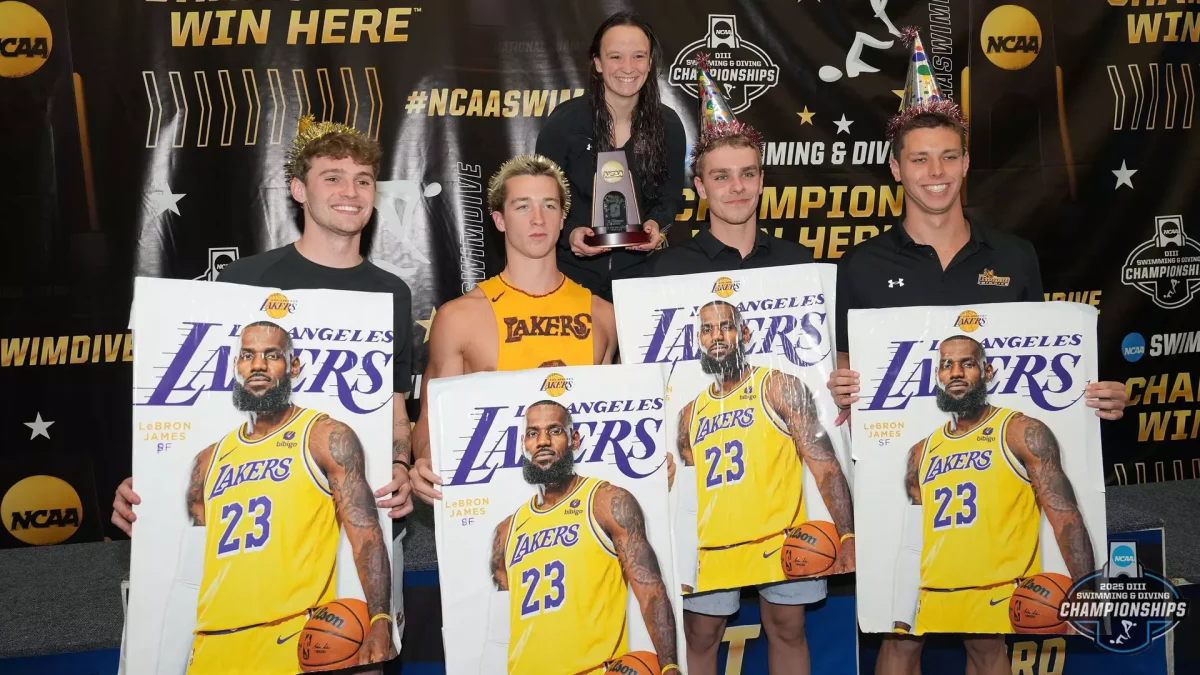


























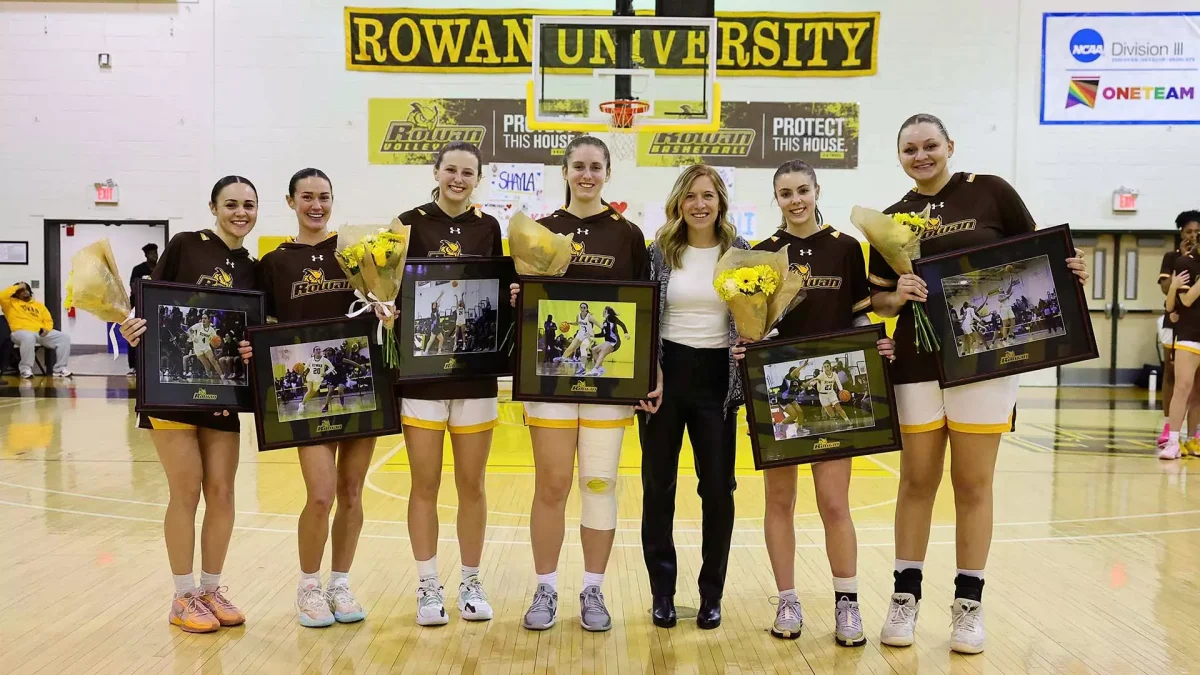





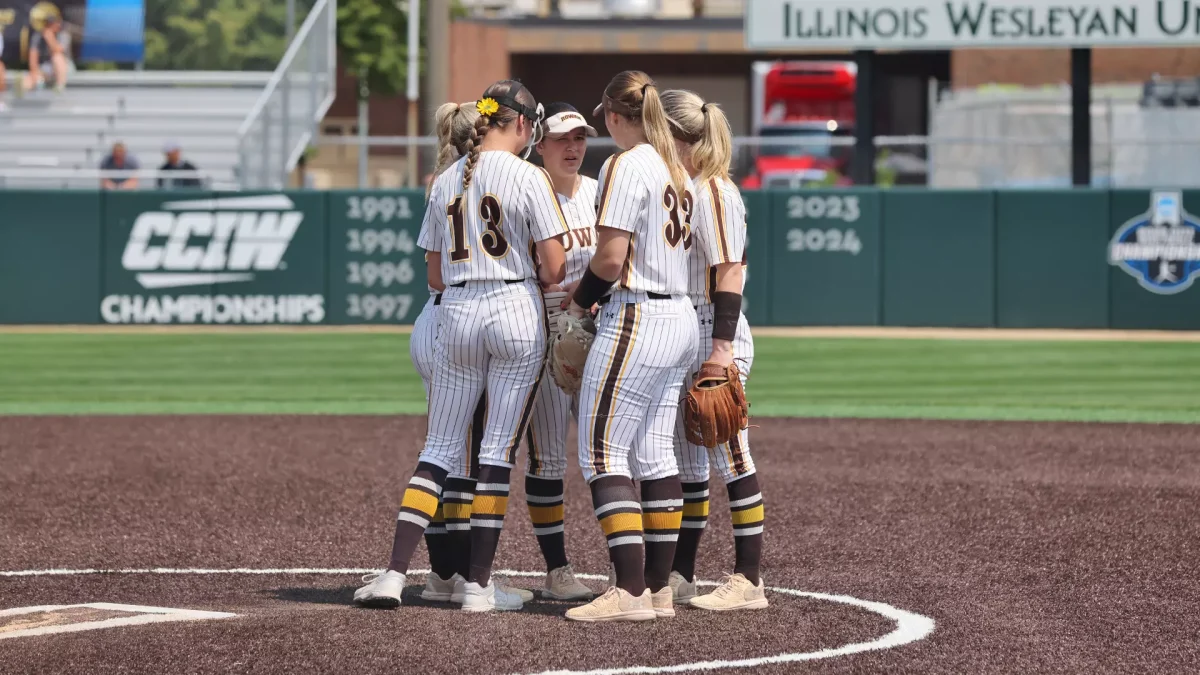




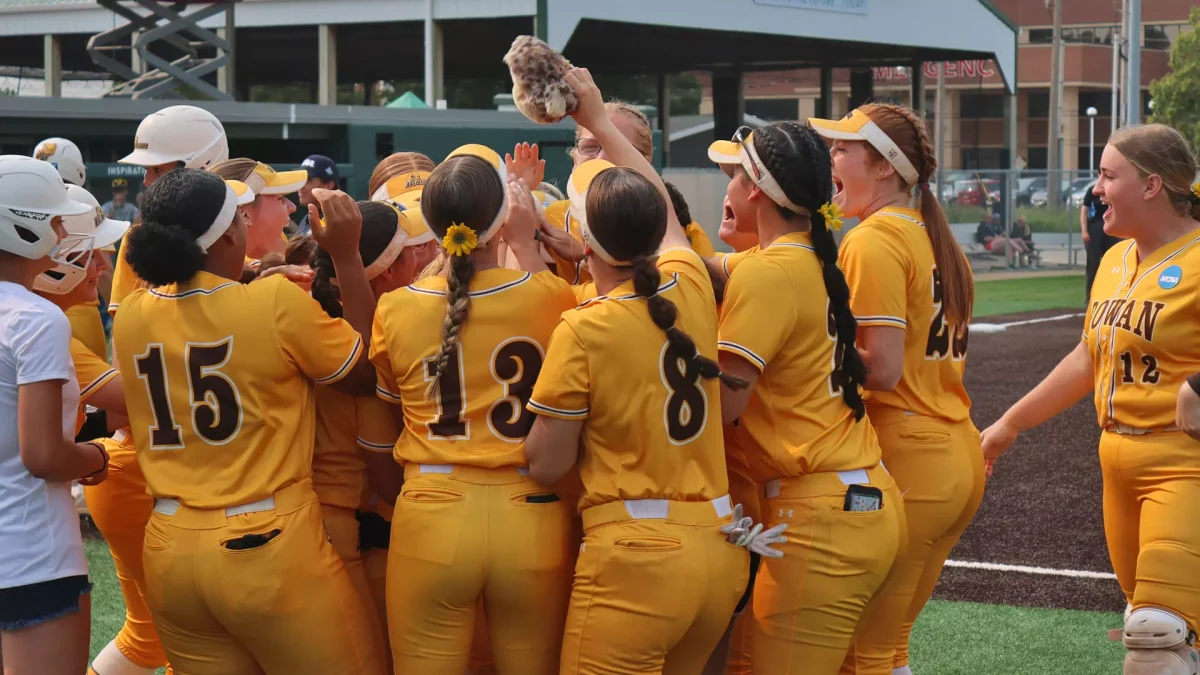


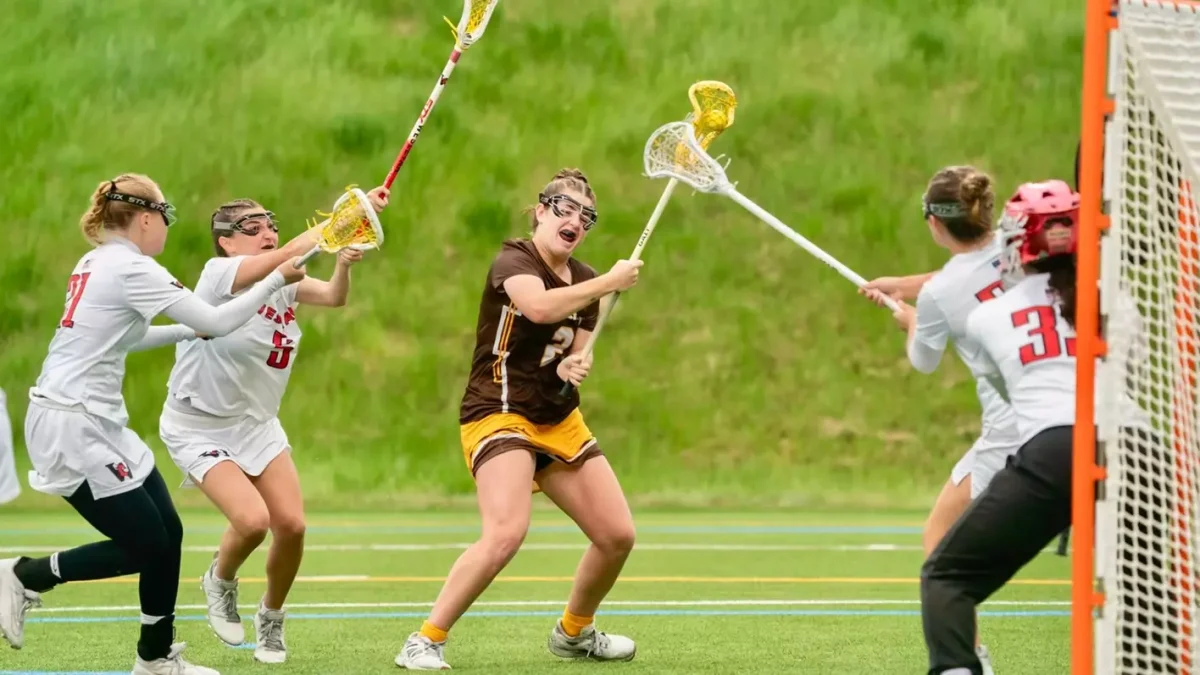

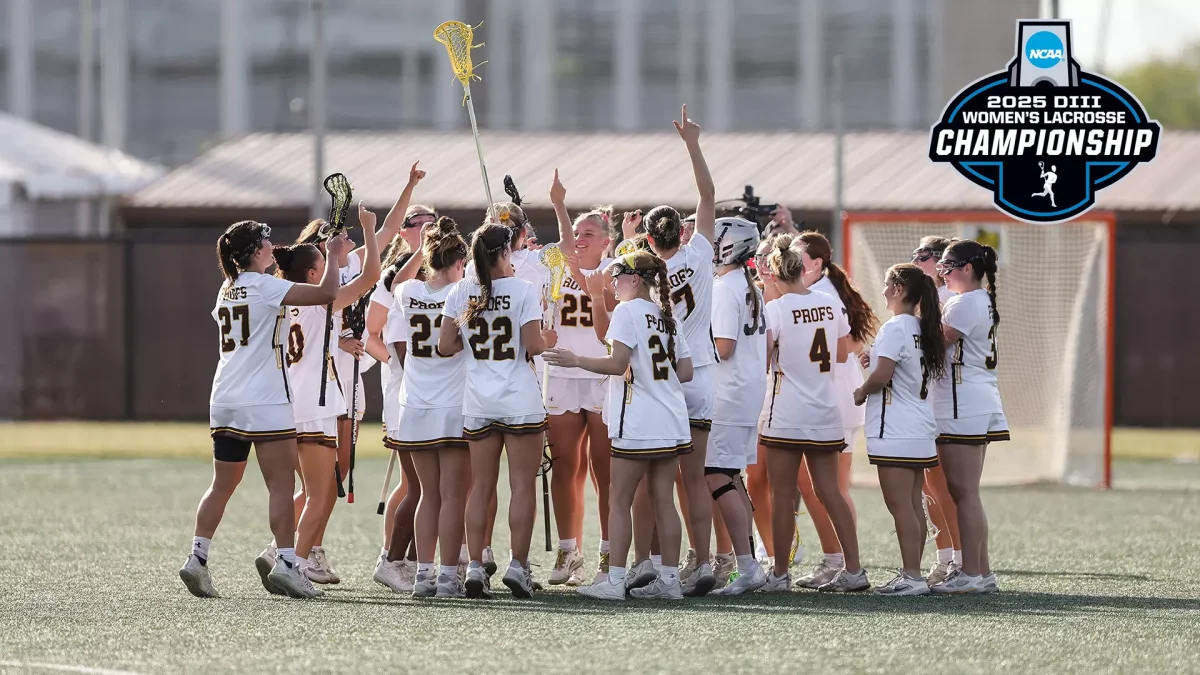
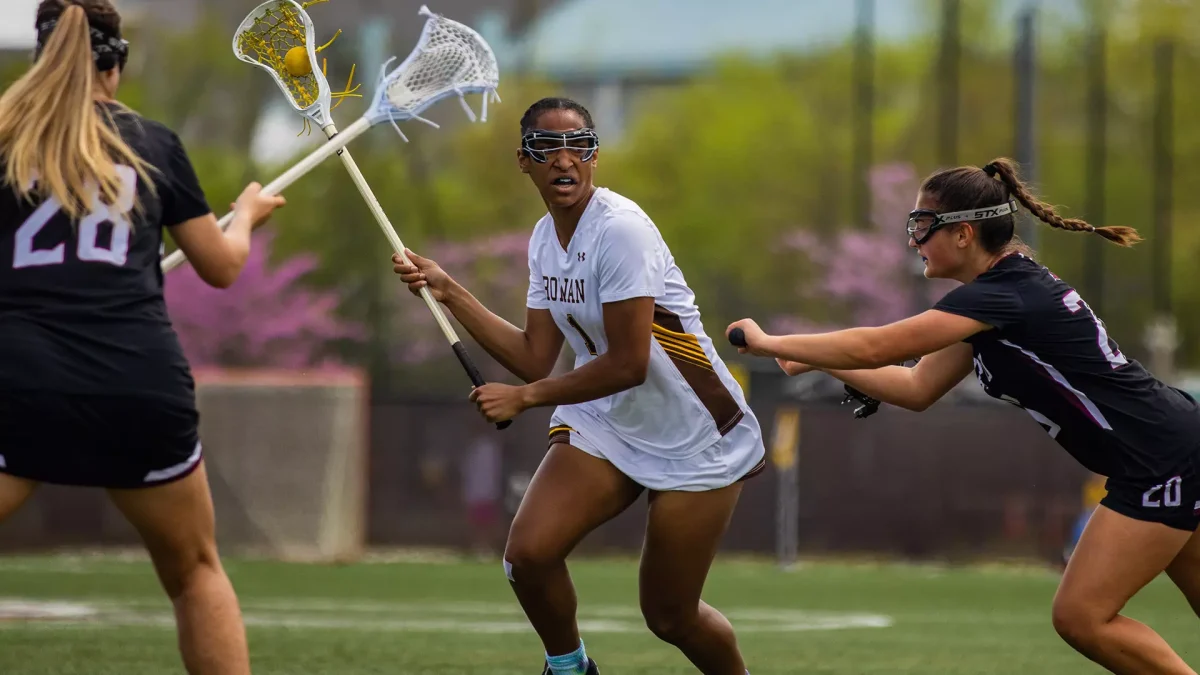



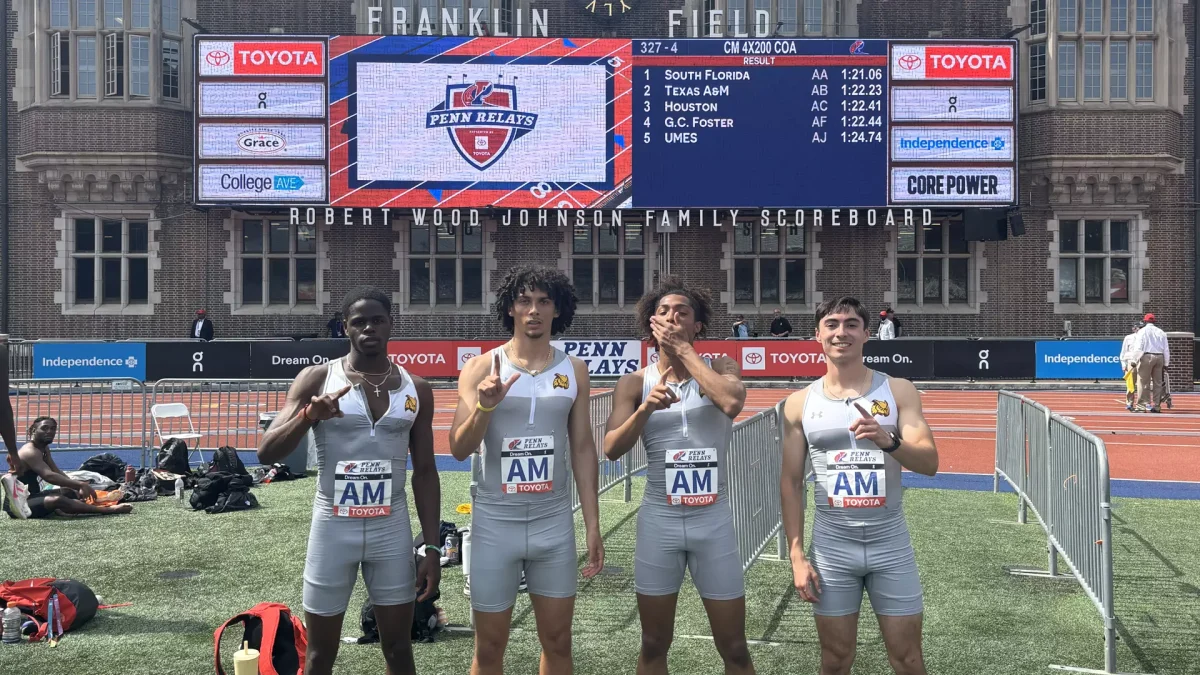





















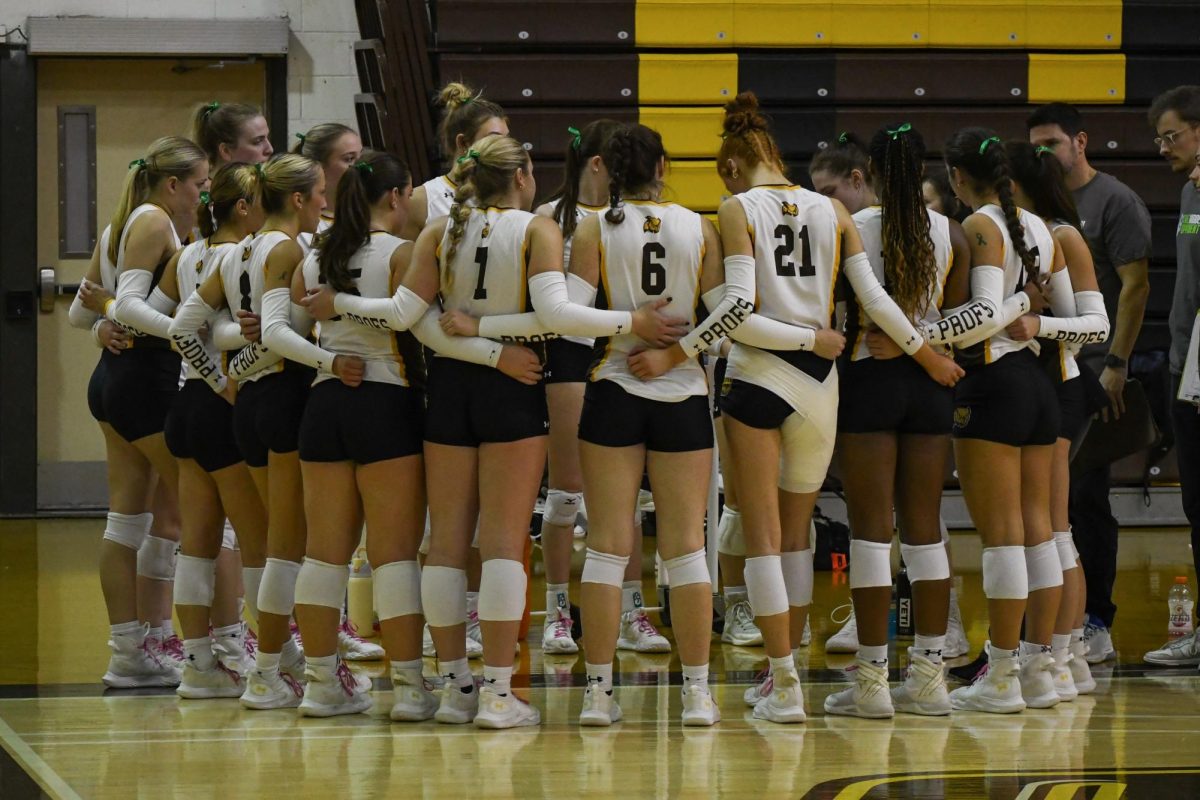











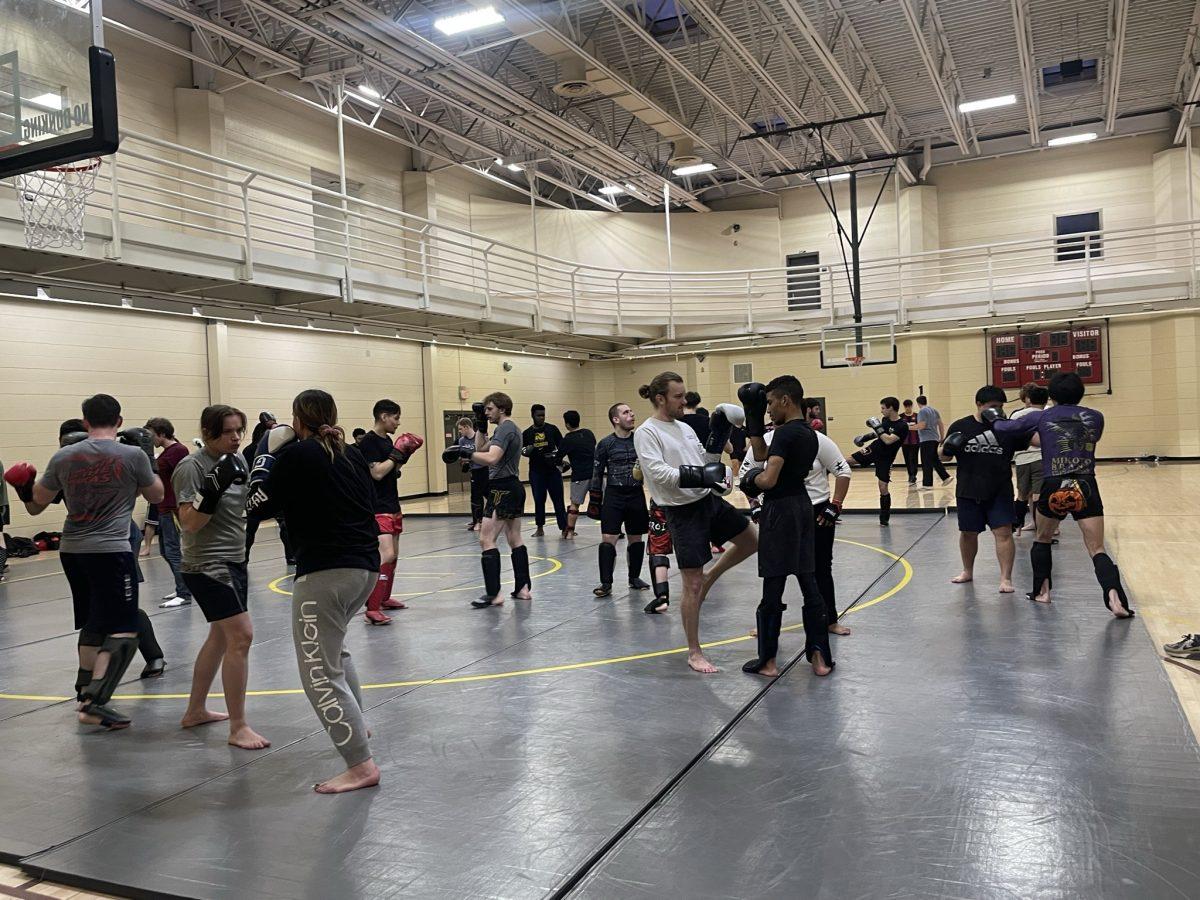






















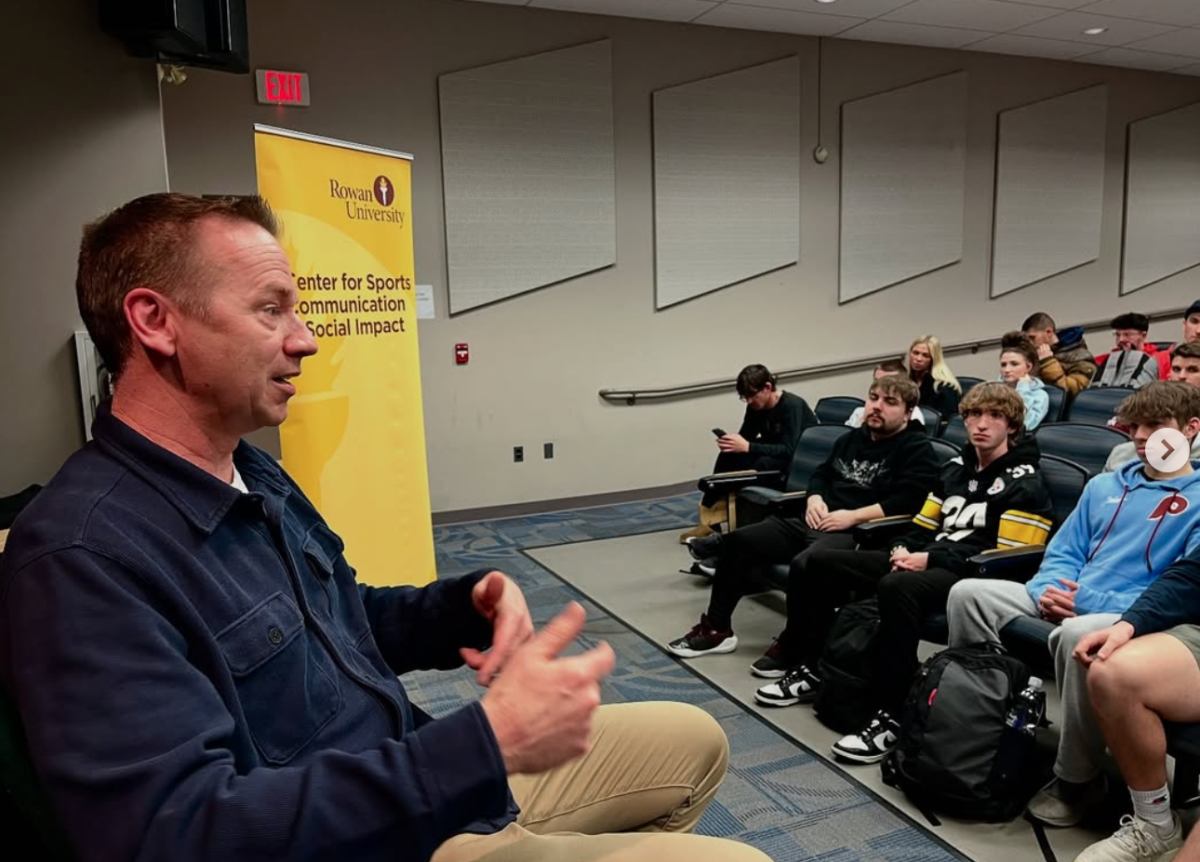


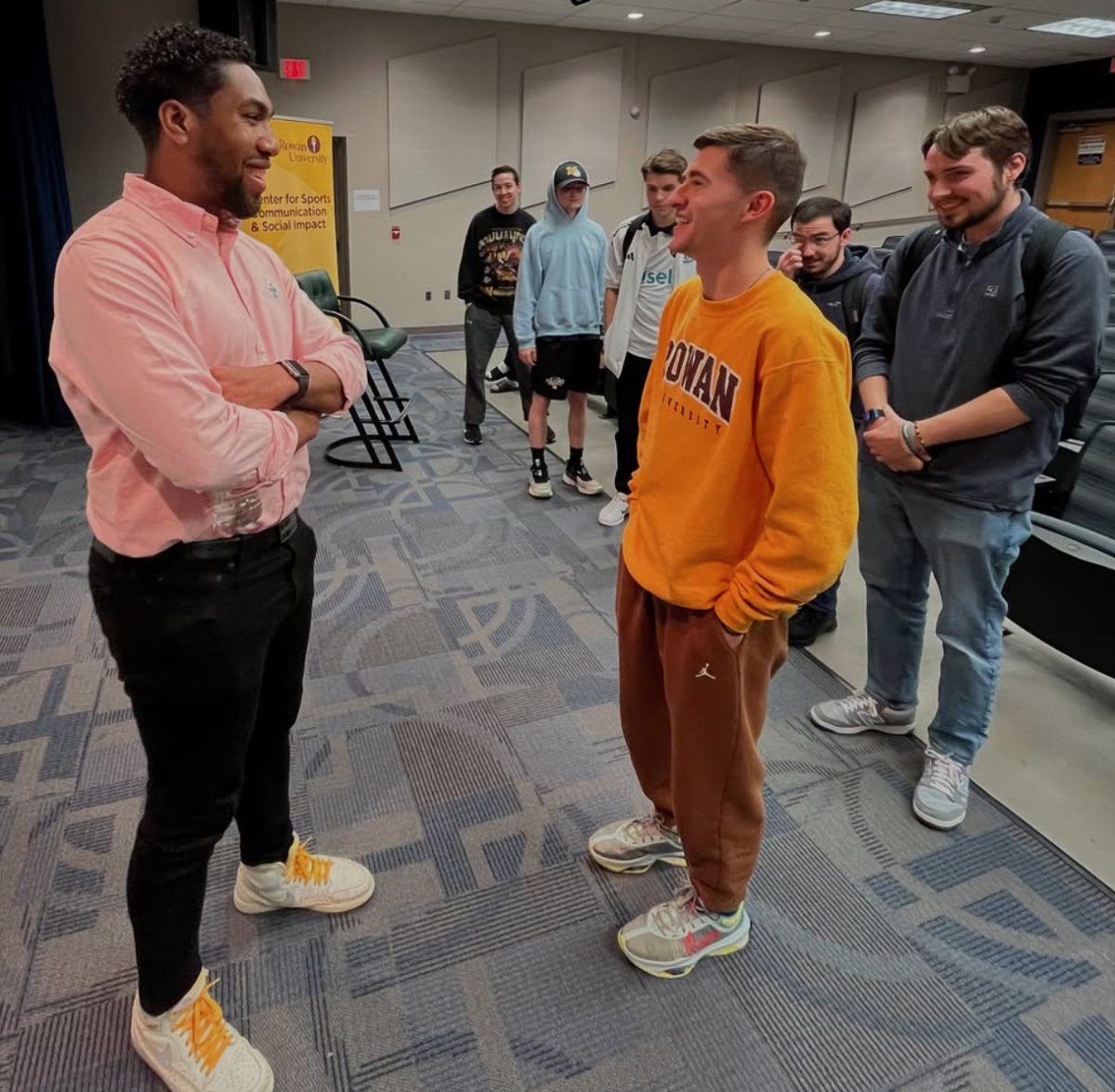

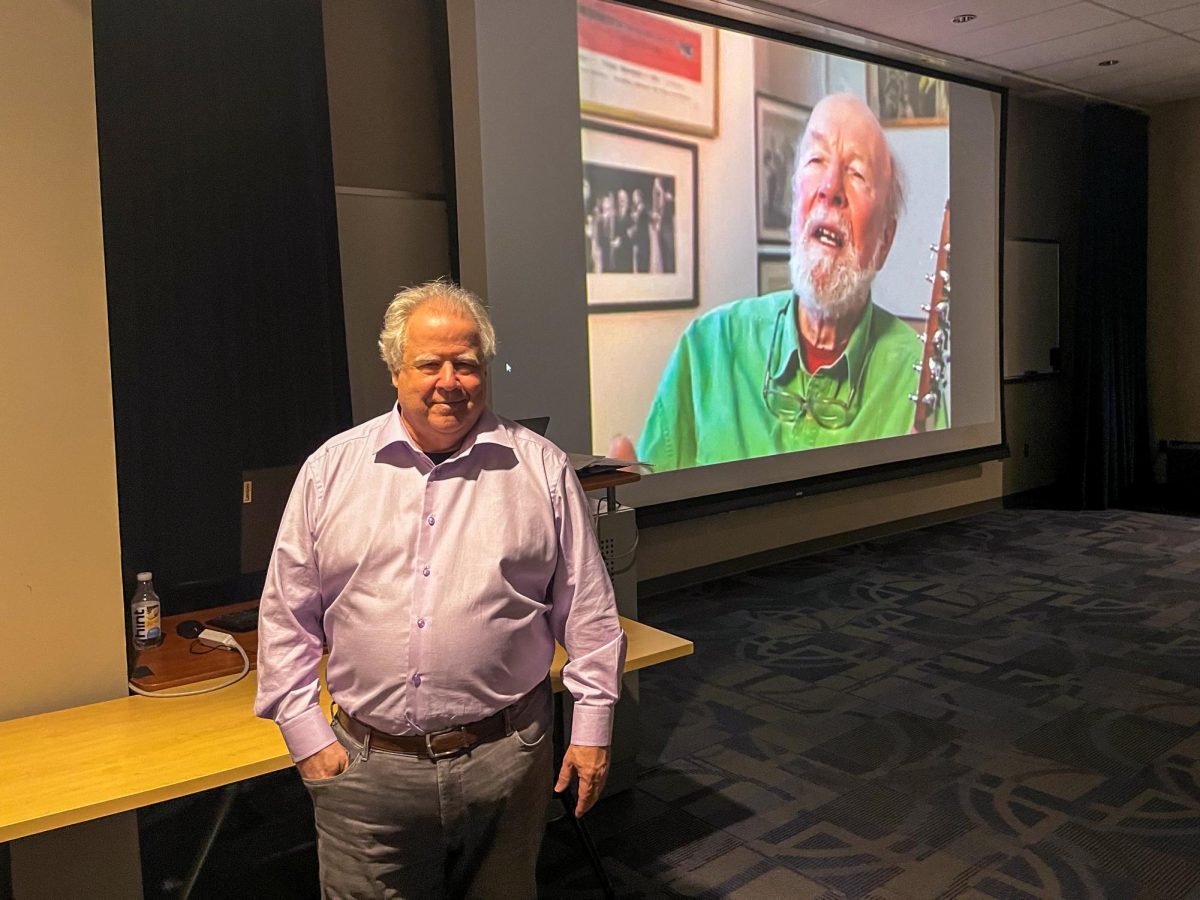












!["Working with [Dr. Lynch] is always a learning experience for me. She is a treasure,” said Thomas. - Staff Writer / Kacie Scibilia](https://thewhitonline.com/wp-content/uploads/2025/04/choir-1-1200x694.jpg)

